Published with the permission of the Carnegie Museum
|
“Teenie” Harris photo © Carnegie Museum of Art, Pittsburgh
Negro League legend Josh Gibson of the Homestead Grays, Forbes Field, Pittsburgh, 1942 * “…racial superiority in the field of athletics has contributed more to race pride than any other single factor in recent years.” – Black sociologist Charles S. Johnson, circa 1938 |
|
“Teenie” Harris photo © Carnegie Museum of Art, Pittsburgh
Unidentified Pittsburgh Crawfords players, Forbes Field, 1944 * “…the caliber of black professional baseball was generally very high, at least for meaningful official league games. Most observers assessed the level of play as comparable to the high minor leagues, not quite matching the majors because of the widely varying quality of competition encountered on a day-to-day basis.” – Neil Lanctot |
|
“Teenie” Harris photo © Carnegie Museum of Art, Pittsburgh
Ted Page of the Pittsburgh Crawfords * “I think that we have as many good players in our league as they have in the big leagues. The one big advantage they have is that they have more men on their teams…As a result, our pitchers are overworked and if our men get hurt they still have to play.” – Manager Jim Taylor |
|
“Teenie” Harris photo © Carnegie Museum of Art, Pittsburgh
Bobby Williams, Manager, Pittsburgh Crawfords * “If a youngster was able to withstand the occasionally hostile reception to his presence, he then had to adapt to an exceptionally competitive league. Struggling young players, however, often had no place to turn for additional instruction or assistance. Nonplaying coaches simply did not fit into the budget of most teams, forcing most rookies to fend for themselves or seek assistance from an already overburdened manager. As Wilmer Harris explained, ‘managers at that time had a tough time,’ as ‘they were the hitting instructors, they had the job to see if we did something wrong,’ while also handling financial matters.” – Neil Lanctot |
|
“Teenie” Harris photo © Carnegie Museum of Art, Pittsburgh
Josh Gibson * “Dozens of us would make the majors if given the opportunity to play under the same circumstances as the white.regular schedules, modernized traveling facilities, with none of these 500 – 800 miles overnight bus hops, and board and lodging at the better spots.” – Josh Gibson |
|
“Teenie” Harris photo © Carnegie Museum of Art, Pittsburgh
Unidentified catcher and batter
|
|
“Teenie” Harris photo © Carnegie Museum of Art, Pittsburgh
Robert Gaston of the Homestead Grays, 1942 * “…the less conventional and sometimes more exciting style of play simultaneously enhanced the appeal of black baseball. Moreover, the personality or ‘color’ perceived as an important player attribute by both white and black fans was more evident in the Negro Leagues than in white baseball.” – Neil Lanctot |
|
“Teenie” Harris photo © Carnegie Museum of Art, Pittsburgh
Unidentified pitcher * “The stylistic flourishes [of the players]…contributed to a perception among some observers that black baseball players were somehow less ‘serious’ than their white counterparts. The attitude was hardly surprising, as [Black Metropolis authors] St. Claire Drake and Horace Cayton similarly cited white Americans’ ‘tendency to view the separate Negro institutional life with a certain amount of amused condescension and patronizing curiosity.'” – Neil Lanctot |
|
“Teenie” Harris photo © Carnegie Museum of Art, Pittsburgh
Cuban baseball player * “Although unfamiliar with the Negro National League, many individuals were readily aware of the supposedly ‘comical actions’ of blacks on the playing field, confirming [journalist] Sam Lacy’s belief that ‘public opinion has the black ball player labeled as a clown.’ Yet occasional sloppiness on the field and the absence of the ‘stronger disciplinary presence’ present in the major leagues also resulted in a downgrading of baseball talent.” – Neil Lanctot |
|
“Teenie” Harris photo © Carnegie Museum of Art, Pittsburgh
Unidentified batters * “Many black teams and newspapers…received unsolicited correspondence from youngsters eager to display their abilities in professional baseball. A 1951 letter from an eighteen-year-old Jacksonville youth offers a typical example of the genre and includes the common assertion that “I am a very good ballplayer and I would like for you to see me.” Lacking the financial resources to investigate the skills of every potential player, particularly those residing in distant parts of the south, league teams realistically had only two options: either offer the player a tryout at his own expense or ignore the letters entirely. In some cases, however, teams willingly gambled on youngsters based on somewhat questionable evaluations.” – Neil Lanctot |
|
“Teenie” Harris photo © Carnegie Museum of Art, Pittsburgh
George Walter “Tubby” Scales, Baltimore Elite Giants, Forbes Field * “…with the possibilities of better pay as a baseball player than he could earn in the present set-up in the industrial and professional world, it is no wonder that the young colored athlete strives to be a star player. He knows that there may be a chance for him to sign up with one of the big teams and at least not have to carry baggage, bell-hop, wait table or fill such positions as are not in hard keeping with the education for which he has worked so hard.” – Negro League umpire Bert Gholston |
|
“Teenie” Harris photo © Carnegie Museum of Art, Pittsburgh
Unknown catcher, Forbes Field, 1942 |
|
“Teenie” Harris photo © Carnegie Museum of Art, Pittsburgh Samuel Howard Bankhead of the Homestead Grays, Forbes Field, 1942 * “Financial limitations…prevented black players from enjoying the luxury of extensive pre-season preparation. While many clubs followed the major league example of journeying south for spring training, black teams almost immediately began scheduling games to help defray costs, and as the Grays’ Buck Leonard later explained, ‘no sooner did you pull on your uniform and crack a sweat than you were in a game before paying customers.'” – Neil Lanctot |
|
“Teenie” Harris photo © Carnegie Museum of Art, Pittsburgh Vic Harris and Cuban player, Forbes Field, 1941 * “Although progress appeared frustratingly limited, the lifestyle in black baseball had clearly changed in one important respect: the introduction of more generous pay during the war years that allowed black players, like the African American population as a whole, to better themselves economically. Once employed by an industry unable to pay regular salaries at times, a number of black players received wages comparable to top minor leaguers by 1946, an unthinkable development only a decade earlier. Few realized, however, that the higher salaries would prove a short-lived aberration, as earnings and living conditions in black baseball would deteriorate in the 1950s, ultimately reverting to Depression-era quality.” – Neil Lanctot |
|
“Teenie” Harris photo © Carnegie Museum of Art, Pittsburgh
Unidentified pitcher |
|
“Teenie” Harris photo © Carnegie Museum of Art, Pittsburgh
Negro League baseball fans at Forbes Field, 1945 * “…baseball remained a major source of entertainment for blacks and by far the most popular sport, although boxing’s appeal had dramatically increased following the rise of Joe Louis. Commenting on the modest allure of other sports, Dan Burley observed in 1941 that ‘segments, much, much smaller, follow football, tennis, basketball, track, golf, etc., but to the great colored public, these sports are Greek.’ Cleveland sportswriter Bill Finger agreed, contending that ‘we have among us still a majority to whom sports is baseball.’ To Finger, the phenomenon was attributable to African Americans’ strong roots in the South, an area ‘where baseball was the one sport universally entered into by athletes and followers alike.'” – Neil Lanctot |
|
“Teenie” Harris photo © Carnegie Museum of Art, Pittsburgh
Satchel Paige, surrounded by fans. Gus Greenlee’s Pittsburgh establishment, 1944 * “I might be wrong, but I believe Satchel Paige is the biggest colored drawing card we have…By that I mean Satchel draws more Negroes to his games than any other individual we have today…Yep, even more than Joe Louis…any of our orchestra leaders; our singers, etc.” – Sportswriter Dan Burley
|
|
“Teenie” Harris photo © Carnegie Museum of Art, Pittsburgh
Pittsburgh Crawfords owner Gus Greenlee * “Gus Greenlee is one of my staunchest baseball friends. If some of his policies were carried out in the Negro National League baseball business would be better for everyone concerned.” – Philadelphia Stars owner Ed Bolden |
|
“Teenie” Harris photo © Carnegie Museum of Art, Pittsburgh
Negro League crowd, Forbes Field, 1945 * “With interest and knowledge of baseball unusually high among African Americans, black professional teams continued to be able to draw upon a broad cross-section of the population for their attendance. Weekly baseball games traditionally functioned as a social event, a place where one could meet with family and friends in a communal setting. Not surprisingly, many fans arrived at the games dressed in their best outfits, often donned earlier in the day for Sunday services. As Stanley Glenn recalled, women typically wore ‘high-heeled shoes and silk stockings. Hats on their heads and long-sleeved gloves. And the men came to the ballpark dressed in suits and shirts and ties.’ Thus, the baseball park, like church, fulfilled a secondary function: a chance to be seen in public looking one’s best.” – Neil Lanctot
|
|
“Teenie” Harris photo © Carnegie Museum of Art, Pittsburgh
Sandlot baseball team
|
|
“Teenie” Harris photo © Carnegie Museum of Art, Pittsburgh
Jackie Robinson, Forbes Field, 1947 *
“I’m not concerned with your liking or disliking me… All I ask – Jackie Robinson |





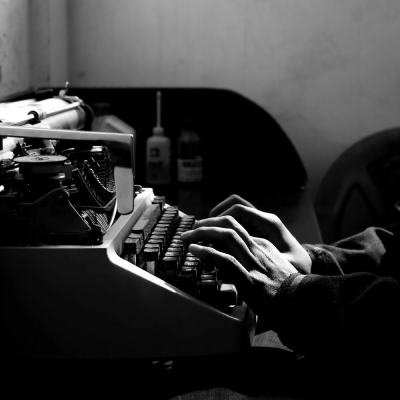
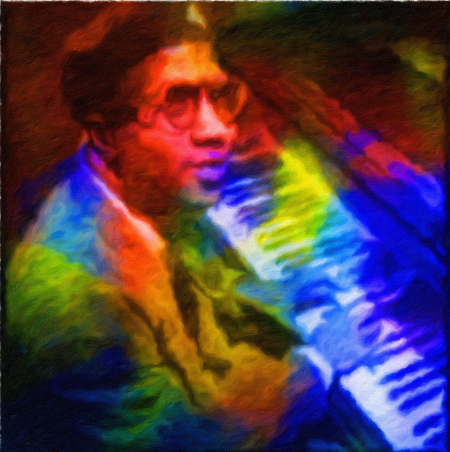


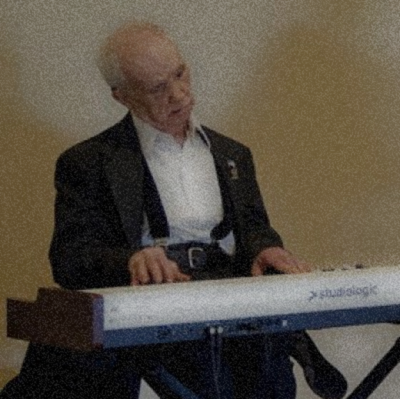


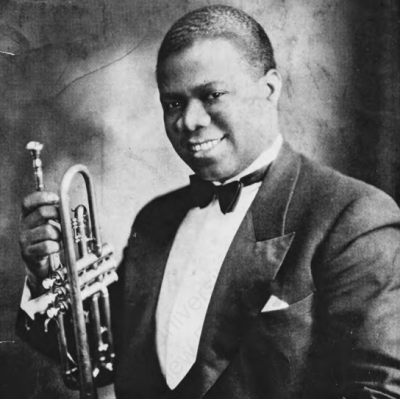
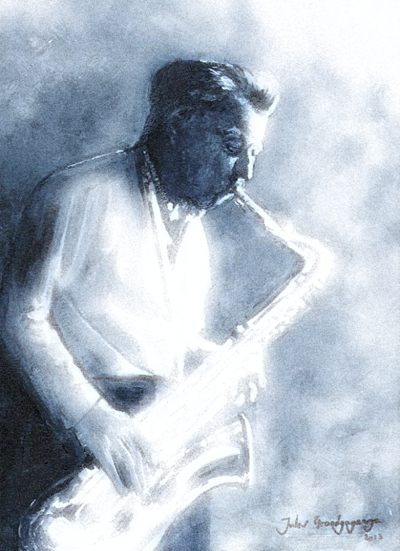

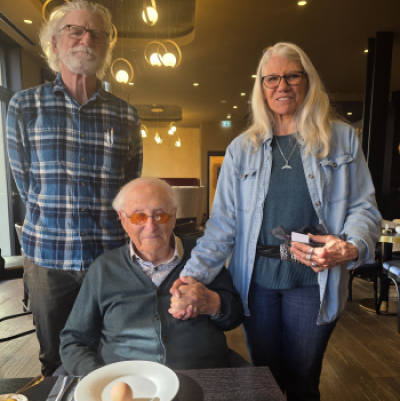

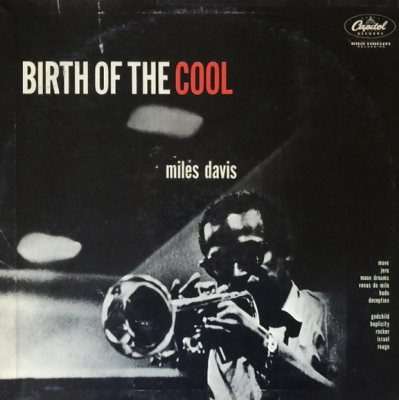
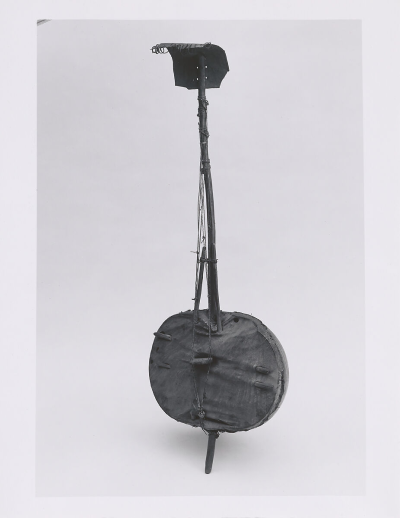


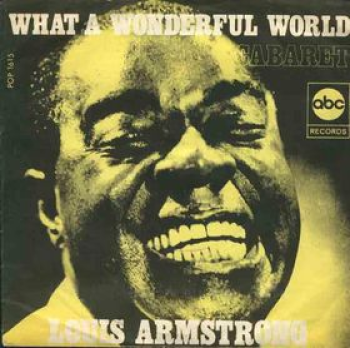
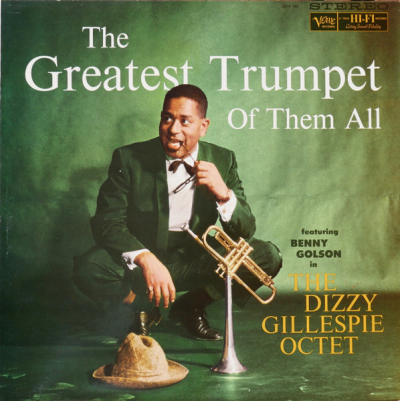
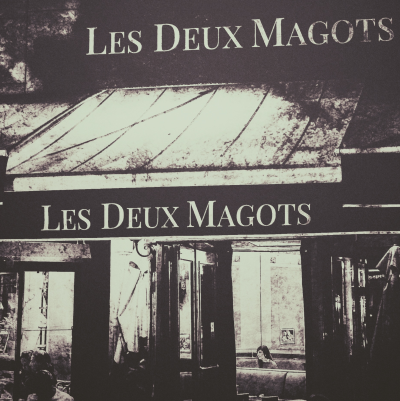
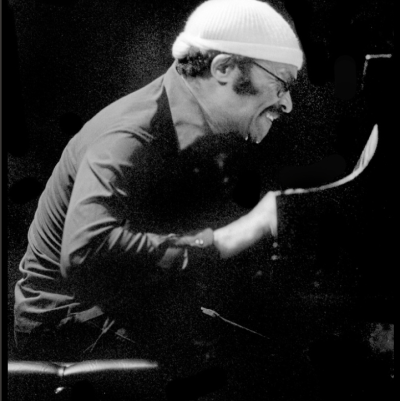
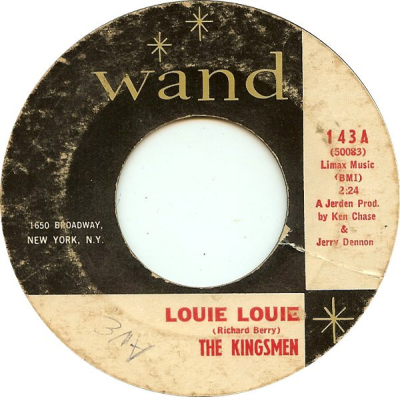
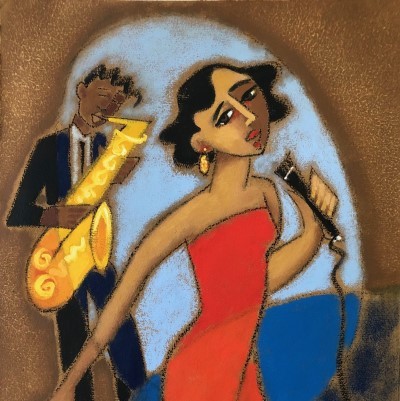


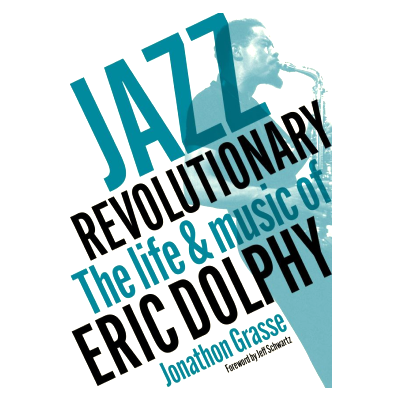


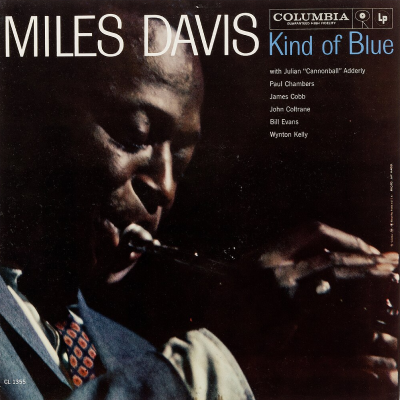
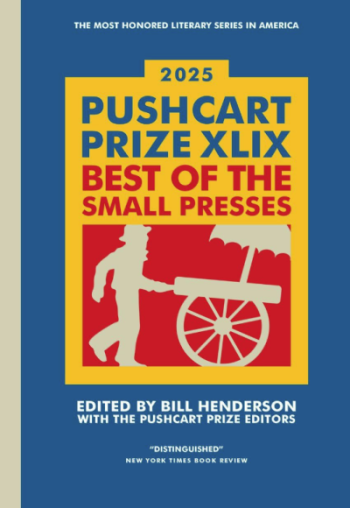






Thanks!!!